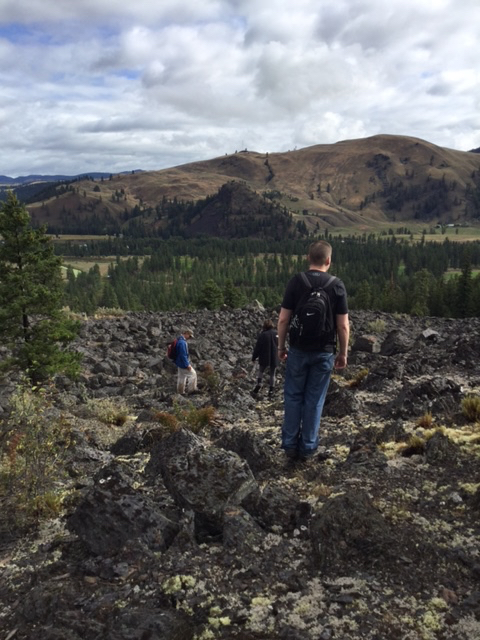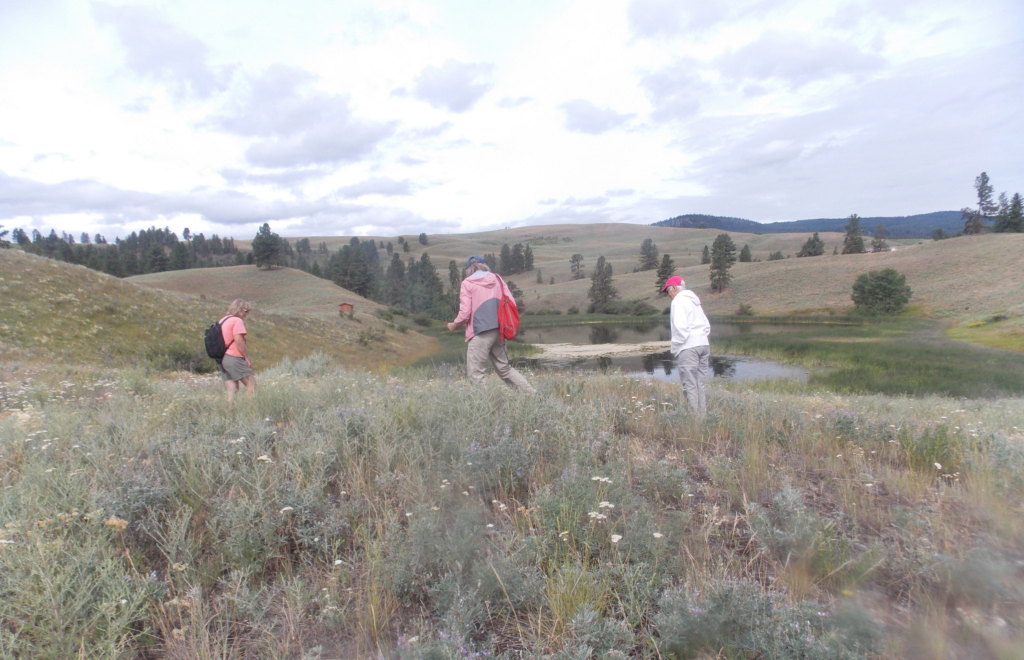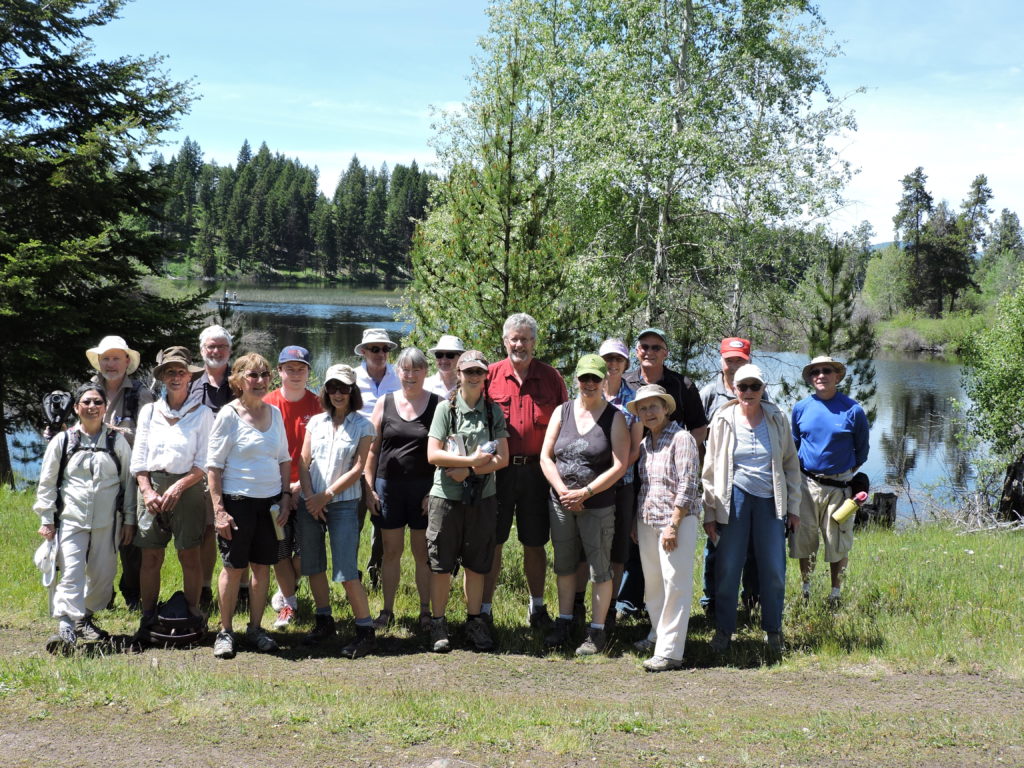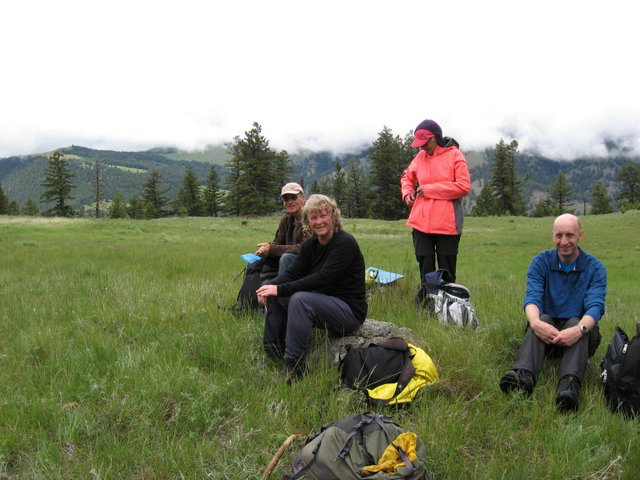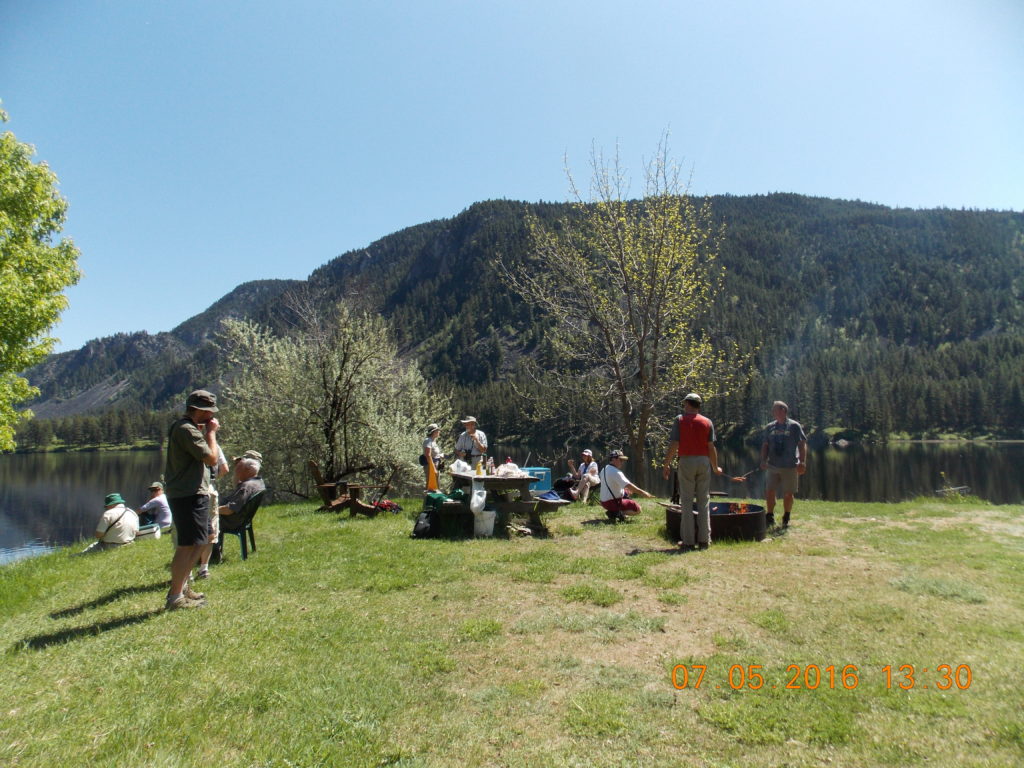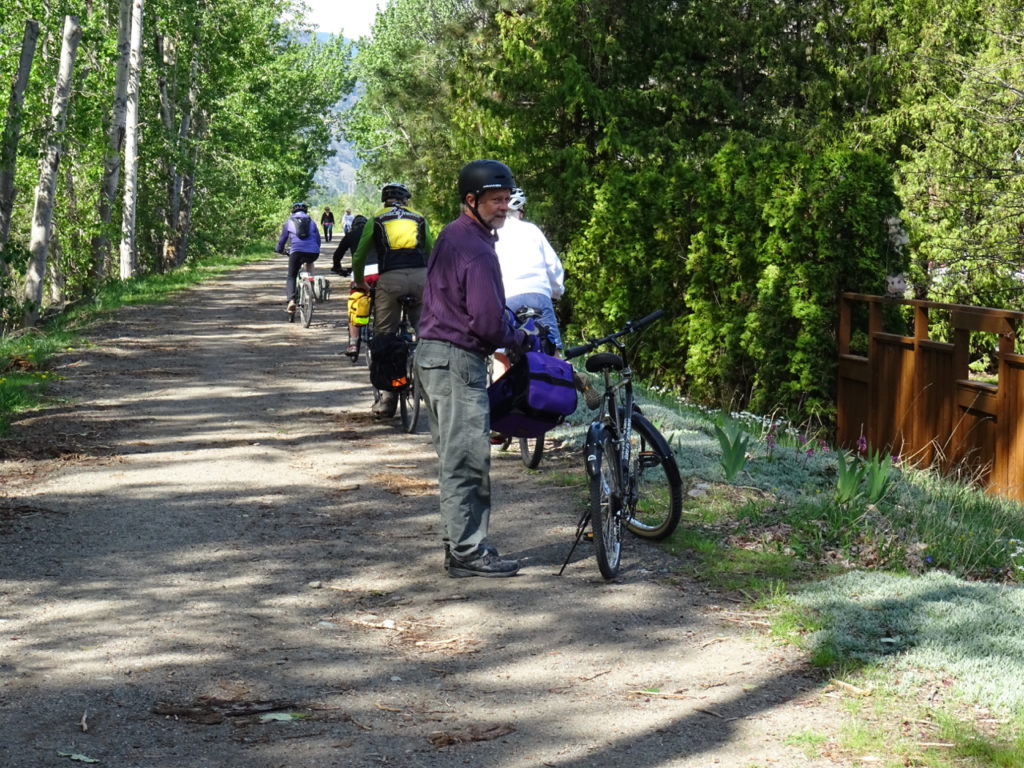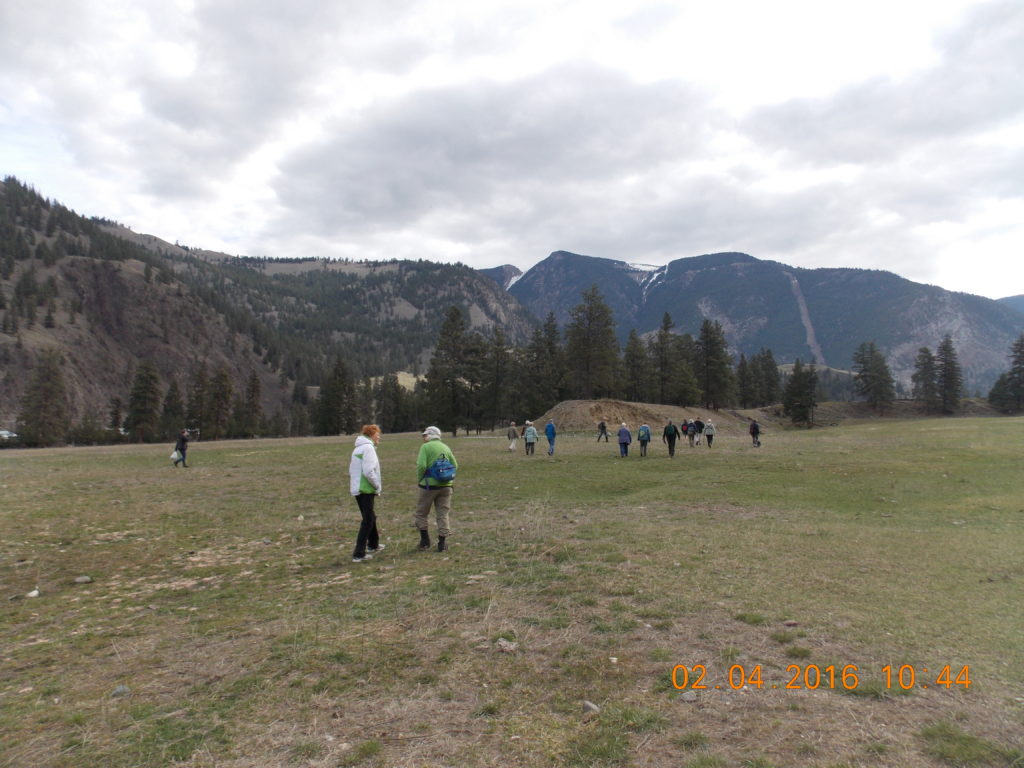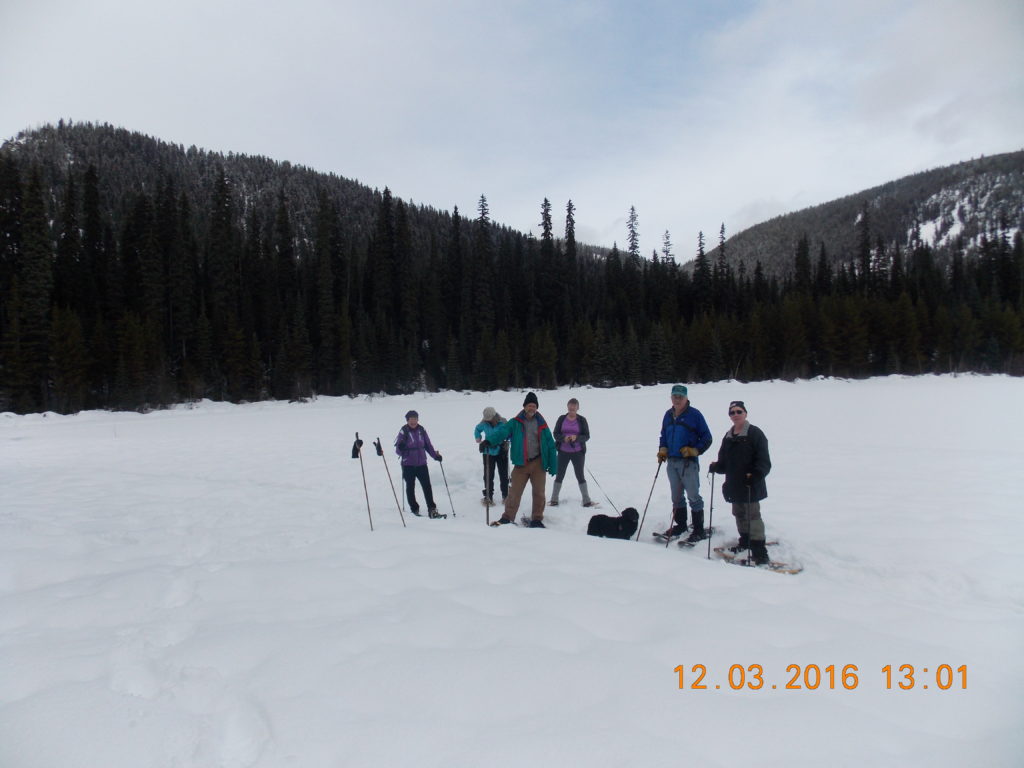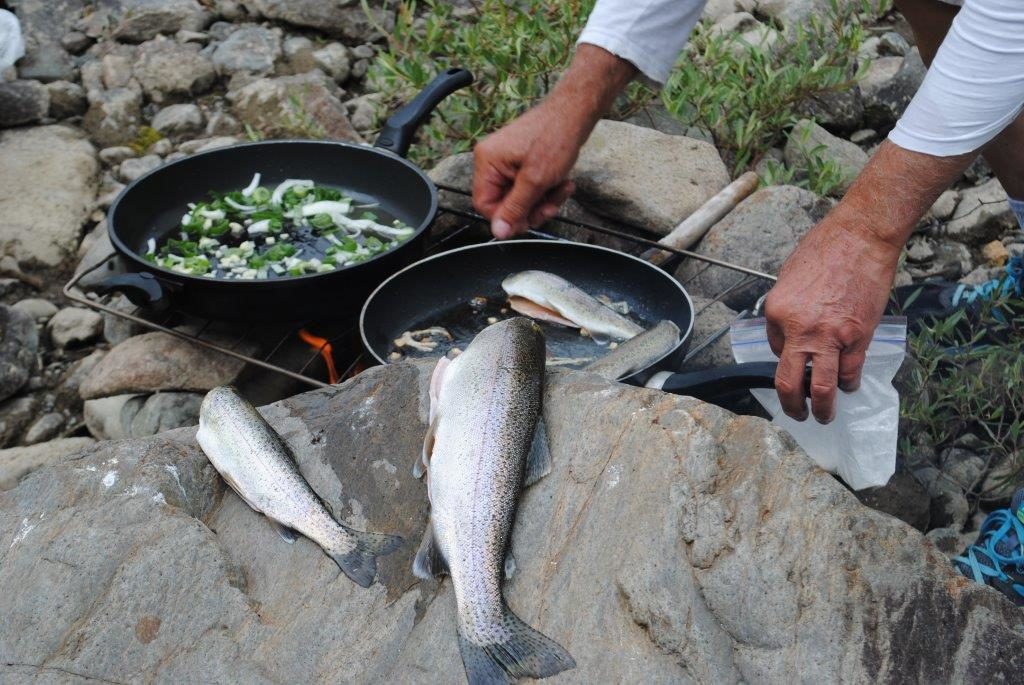
After an extended period of unpredictable weather, Saturday, July 23rd arrived bringing a perfect temperature for Peter Antonick’s annual fishing trip.
Ten members and a guest were treated to an easy hike through a forest filled with wild flowers. We arrived at the banks of the Similkameen River at a spot Peter calls Hole In the Wall. This area is a scenic beauty lush with wild berries, flowers and Rainbow Trout! As well, the area has very interesting rock formations (churt) and is abundant with fossils and interesting rock lichens.
The fishing was wonderful for those of us that brought our fishing gear. Lisa landed the first fish of the day! After we had caught a few more fish, Peter magically produced frying pans, butter and home grown green onions and garlic. He proceeded to cook them up with the fish for a tasty shore lunch for everyone.
We did see grouse, a bald eagle and bear scat. As this area is filled with wild raspberries, Saskatoons, Salmon berries and mushrooms, the bear scat was not a surprise.
This was a very interesting day with a leader who is very knowledgeable about the history of the area as well as the local wildlife and flora.

